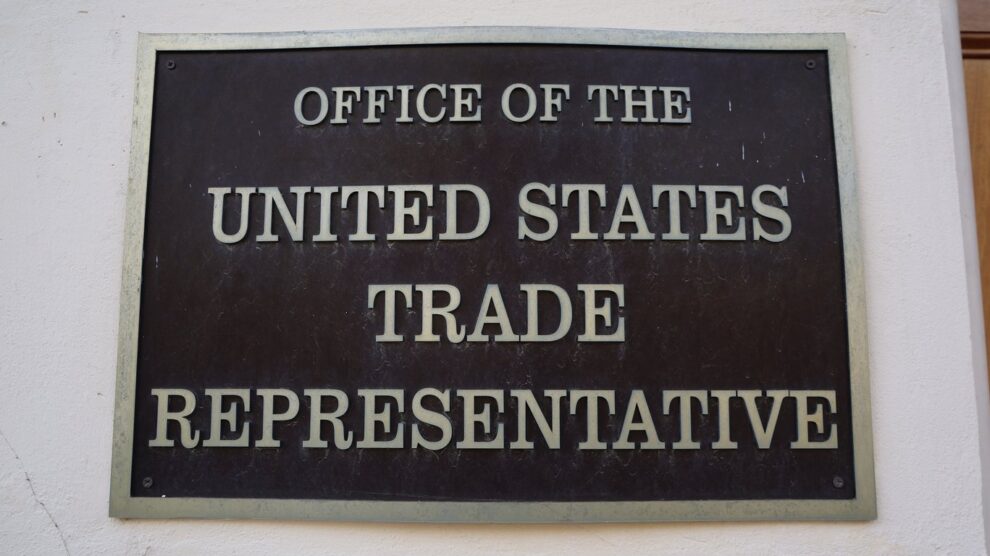President Trump announced last week he was raising the general tariff rate on China to 245%, sparking a reported trade war with Xi Jinping. Trump, who previously implemented a tariff rate of 25% during his first term in 2018, made China’s unfair trade practices a key point of his 2024 campaign. China has long held one of the strongest account surpluses – money accumulated by exporting more than they import – while the United States has maintained account deficits in trade for several decades. President Trump has repeatedly blamed inflation and other economic woes on the mounting trade deficit and has implemented wide-ranging tariffs on adversaries and allies alike in his first three months back in office.
Despite backlash, the President has held firm on tariffs and has goals to use them as a negotiating tactic with China. Trump said on Thursday he was “confident” that the U.S. would reach a trade deal with China and the European Union ahead of his visit with Italian Prime Minister Giorgia Meloni.
“We’re going to make a deal. I think we’re going to make a very good deal with China,” Trump said. “I think you will see we’ll make a very good deal with China.” His comments come as Xi of China is reportedly attempting to convince Europe not to cave to Trump’s trade demands and instead work with China to unite against the tariffs. Recently, China’s commerce minister reportedly held talks with top trade officials from the European Union to establish closer ties, while Xi met with other Asian allies. Last week, China retaliated with 125% tariffs on U.S. imports before calling Trump’s tariff increases a “joke” and saying the government planned to disregard any further increases from the Trump administration.
President Trump has maintained that tariffs on China could not come at a worse time for the Chinese economy, and that Xi’s early responses have signified his country’s desperation to avoid a trade war. According to price metrics, China’s Consumer Price Index held in the negatives for the 2nd consecutive month, while the Producer Price Index was negative for the 30th consecutive month, pointing to potential deflation in the Chinese economy. Further reports indicate China’s GDP has fallen, something Xi and his regime have sought to hide. The United States accounts for a massive portion of Chinese exports, while Trump’s tariffs could hinder China’s ability to successfully reach the U.S. market.
Trump’s 245% tariff rate on China applies primarily to electric vehicles and syringes and does not apply any new tariffs to other types of goods. Previously, President Biden imposed tariffs of 100% on Chinese EVs as part of his administration’s push to significantly increase the U.S. capabilities of producing more climate-friendly vehicles. Trump touted the increase in a Truth Social post where he claimed every nation wanted to meet with him on tariffs, although no official talks have been held with China yet.
President Trump also pushed back on criticisms of tariffs and fears that they will significantly increase U.S. prices. Tariffs can potentially place price increases back on consumers of the imposing country, and economists point to historical tariff data that many producers do absorb the costs of the tariffs before it reaches consumers. Third party resellers such as Walmart, often advocate for this economic indicator.
President Trump maintains that price increases won’t be pushed back onto consumers and insists that the new tariffs imposed by his administration will serve primarily as bargaining tactics with opposing nations. Trump touted early signs of progress on trade deals with North American allies in Mexico and Canada.











